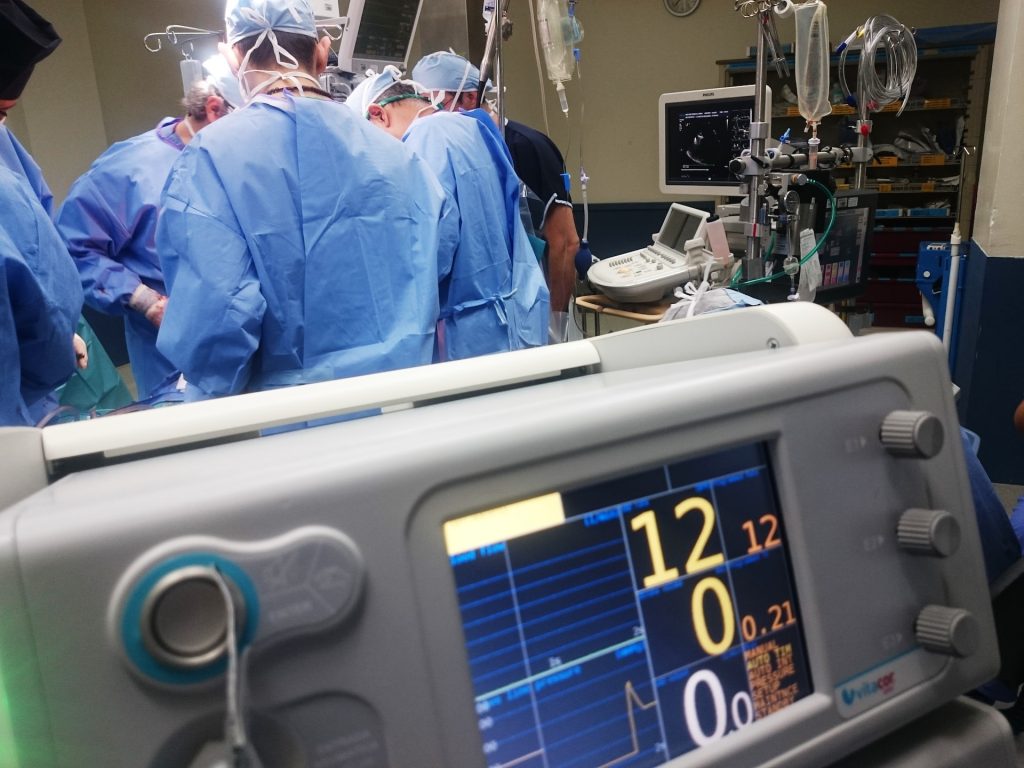
Performing open bypass surgery to restore circulation for people with a severe form of peripheral artery disease (PAD) resulted in better outcomes for specific patients compared to a less-invasive procedure, according to findings published in the New England Journal of Medicine.
PAD is a condition in which blood flow to one or both legs is reduced by a buildup of fatty plaque in the arteries. One in 10 of patients with this condition develop a severe form of PAD called chronic limb-threatening ischaemia (CLTI), a painful and debilitating condition that can lead to amputation if untreated. Up to about 22 million people worldwide have CLTI, which is also associated with an increased risk of heart attack, stroke, and death.
“Given the projected rise in the number of patients with chronic limb-threatening ischaemia, it is critically important that we understand the full impact of our interventions for this disease,” said Matthew Menard, MD, a study author and associate professor of surgery and co-director of the endovascular surgery program at Brigham and Women’s Hospital, Boston. “These findings help do that and also can assist clinicians and caregivers in providing the best possible care to patients.”
The Best Endovascular versus Best Surgical Therapy for Patients with CLTI (BEST-CLI) trial is a landmark study supported by the National Heart, Lung, and Blood Institute (NHLBI).
To compare effectiveness of two common treatments for CLTI, researchers enrolled 1830 adults who were planning to have revascularisation, a procedure used to restore blood flow in their blocked arteries, and who were eligible for both treatment strategies.
One treatment strategy was an open bypass surgery, in which blood is redirected around the blocked leg artery by using a segment of a healthy vein. The other strategy was an endovascular procedure, where a balloon is dilated and/or a stent is placed in the blocked segment of the artery to improve blood flow. To compare the surgical strategy to the less-invasive endovascular approach, researchers randomised participants into one of two parallel trials between 2014–2021.
The first trial, defined as cohort 1, included 1434 adults who were judged to be the best candidates for the bypass surgery because they had an adequate amount of an optimal vein (the single-segment great saphenous vein) preferred for the procedure. Participants were then randomly assigned to have either a surgical bypass or endovascular procedure. Researchers followed the trial participants for up to seven years.
The second trial, defined as cohort 2, included 396 adults who were not the best candidates for the open bypass because they did not have an adequate amount of the preferred saphenous vein. They were randomised to have either an endovascular procedure or a bypass that used alternate graft material instead of the saphenous vein. Participants were followed-up for up to three years.
At the end of the trial, the researchers found that participants in cohort 1 who received the bypass were 32% less likely to have major medical events related to CLTI than those who had an endovascular procedure. This result was driven by a 65% reduction in major repeat surgeries or procedures to retain blood flow in the lower leg and a 27% reduction in major amputations. No differences were found in death rates between the participants who received the bypass surgery and those who received an endovascular procedure.
Adults in cohort 2 – those who did not have the optimal vein for the bypass – had no major differences in outcomes based on having had an open bypass or an endovascular procedure.
“Our findings support complementary roles for these two treatment strategies and emphasise the need for preprocedural planning to assess patients and inform what treatment is selected,” said co-principal investigator Alik Farber, MD, at Boston Medical Center.
Common symptoms of CLTI include leg and foot pain, foot infections, and open sores on the leg and foot that don’t fully heal. Without having a procedure to redirect or open blocked blood flow to the lower body, about 4 in 10 adults with CLTI have a lower leg or foot amputation.
BEST-CLI is the largest CLTI clinical trial to date and builds on prior research that aims to answer questions about the risks and benefits of revascularisation strategies for CLTI.

